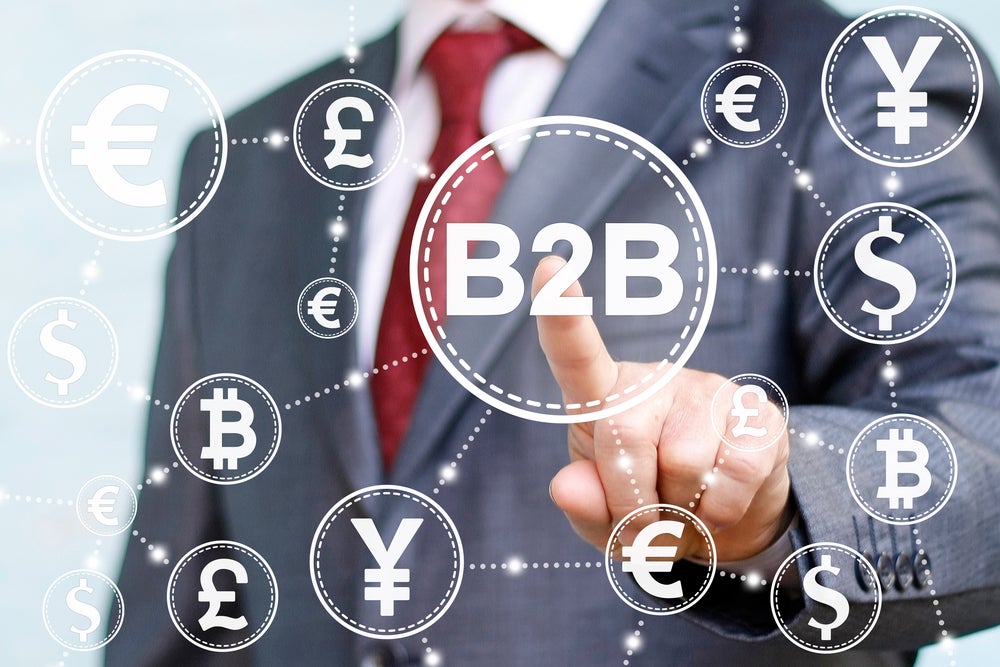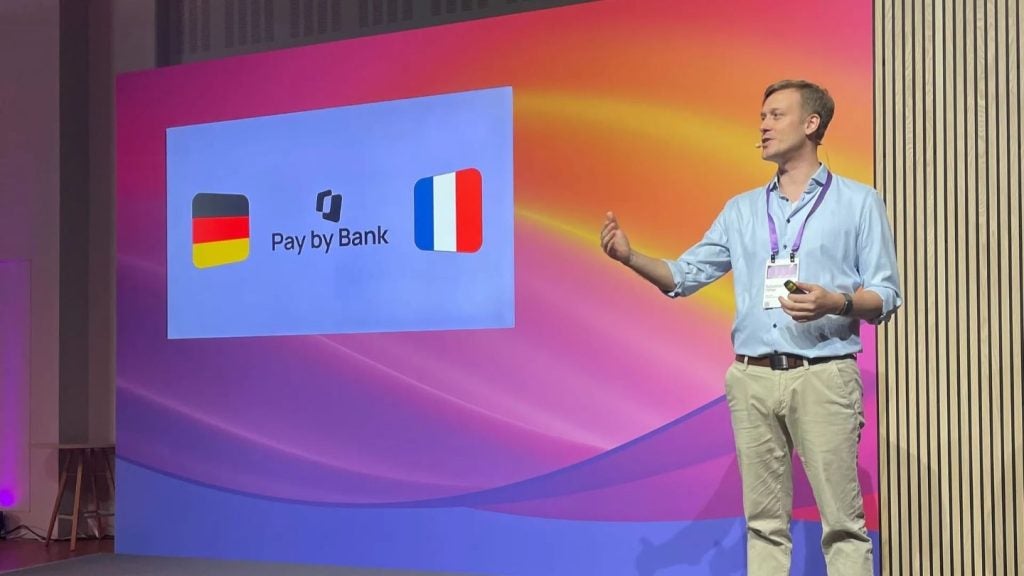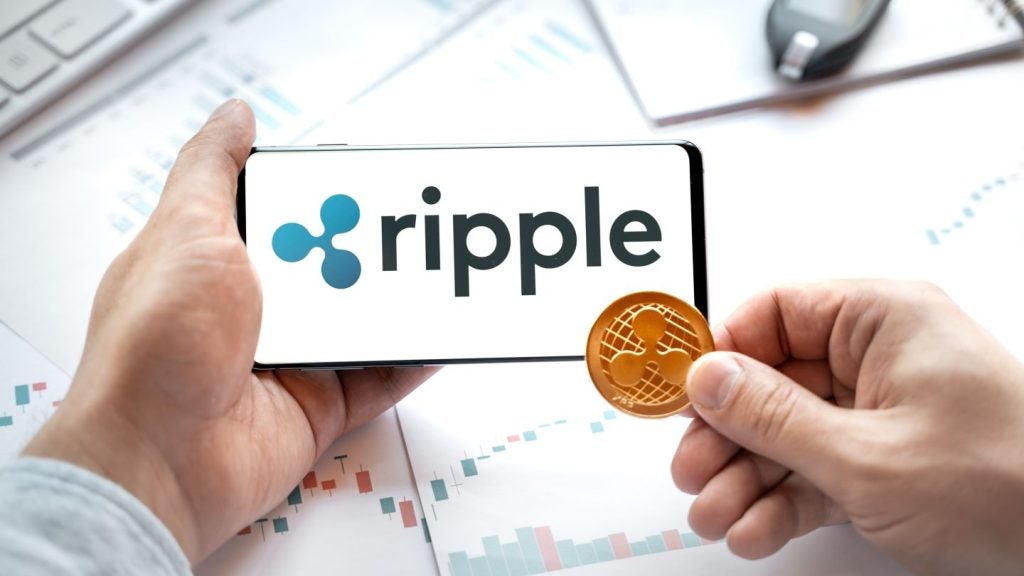
B2B payments – companies purchasing from other companies – represent a huge business growth opportunity in emerging markets. It is, reports payments fintech, EBANX, the next frontier for innovation and growth in the payments industry.
Potential payments game-changer
Currently 42% of Kenyan businesses and 63% of Indian ones make online purchases. In LatAm, that figure rises to 64% of businesses in Brazil and 85% in Colombia. These numbers are far higher than the global average of 50%, according to OECD and UNCTAD data.
By 2027, LatAm, Africa and Apac will make up 40% of the total value of B2B payments made online worldwide. Yet an estimated 70% of B2B transactions are still pretty much manual.
“This opens a massive opportunity in which alternative payments can be a game-changer. EBANX’s internal data show that local payments improve approval rates for B2B transactions. Internal rates surpass 80%,” said Paula Bellizia, President of Global Payments, EBANX.
EBANX publishes annual Beyond Borders survey
EBANX’ annual study covers the digital market and payments in emerging economies. Markets in Latin America, Africa, and Asia are guiding the global surge in new consumers. India is leading the way, by adding 34 million consumers in 2023, almost one third of the 109 million worldwide. After Asia, Africa and Latin America are, respectively, the second and third regions to add more users. Combined, LatAm’s and Africa’s digital commerce markets are expected to surpass $1trn in total value by 2026. The Indian market alone will be worth over $275bn.
“There is a solid demographic reason for this. Rising economies have a young and growing population, contrasting developed regions. In addition to the demographic and economic push, rising economies largely benefit from digitisation.

US Tariffs are shifting - will you react or anticipate?
Don’t let policy changes catch you off guard. Stay proactive with real-time data and expert analysis.
By GlobalDataThe digital revolution has been disrupting industries and unlocking opportunities for both local and global players. From SaaS, digital ads, and B2B online trade, to gaming, streaming, social media, and e-commerce. And payments have been the backbone of this growth,” added Bellizia.
Latin America’s digital market will nearly double in size by 2026, reaching $944bn, growing at a CAGR of 23%.
Brazil, LatAm’s digital commerce powerhouse, worth $275bn last year, ranks fourth globally in the number of digital buyers.
Mexico, Colombia, and Peru post annual growth rates of around 30% for digital commerce. Central America & Caribbean countries like Costa Rica, El Salvador, Panama, Guatemala and the Dominican Republic are accelerating at an annual pace of around 20% by 2026.
Huge untapped potential of India’s digital e-commerce market
India is now the world’s second-largest online shopping market, only behind China. Around 350 million Indian consumers have boosted a digital commerce market that surpassed $184bn last year. And yet the online sales penetration rate is just 33%. Bellizia says this highlights the substantial untapped opportunity that still exists in the country. This is especially the case if efforts are directed towards improving payment access for India’s diverse population.
“Cards and alternatives are learning from one another. They are absorbing features from one another, paying attention to the needs of merchants and consumers,” said Bellizia.
Combined, credit and debit cards represent 51% of digital commerce value in Brazil, 66% in Mexico, and 75% in Chile. In India, cards account for 43% of the value of online transactions.
“A payments strategy for rising markets needs to consider a balance between cards and alternative payments. One that is adapted to specific countries, verticals, and business models, centred in offering the best payment experience to customers. One that enables them to pay with their method of choice. This fosters true access.”







